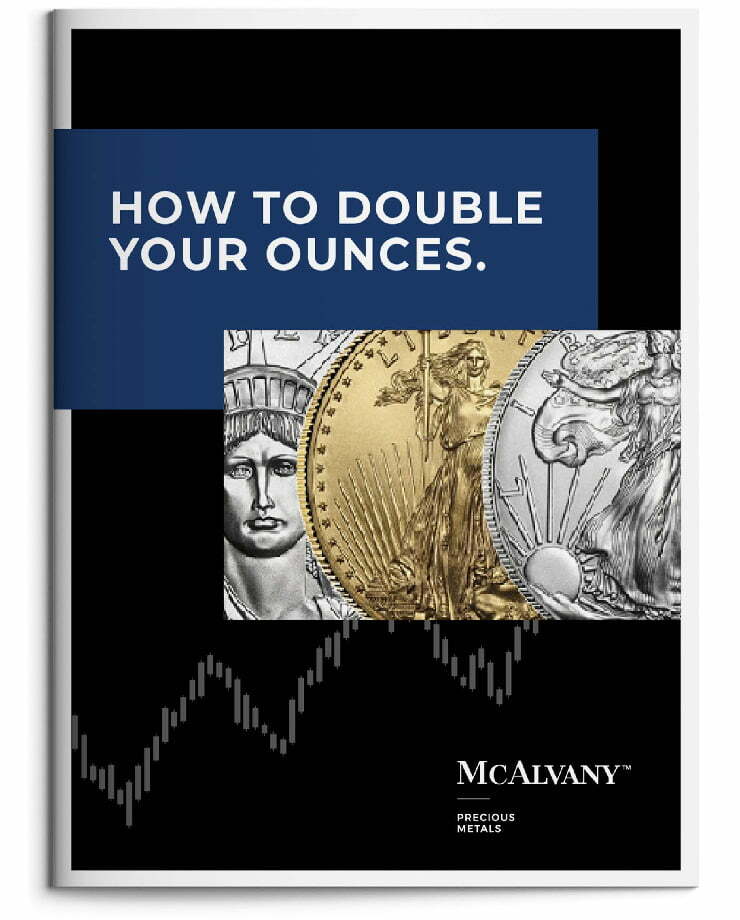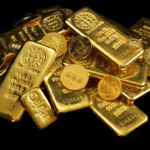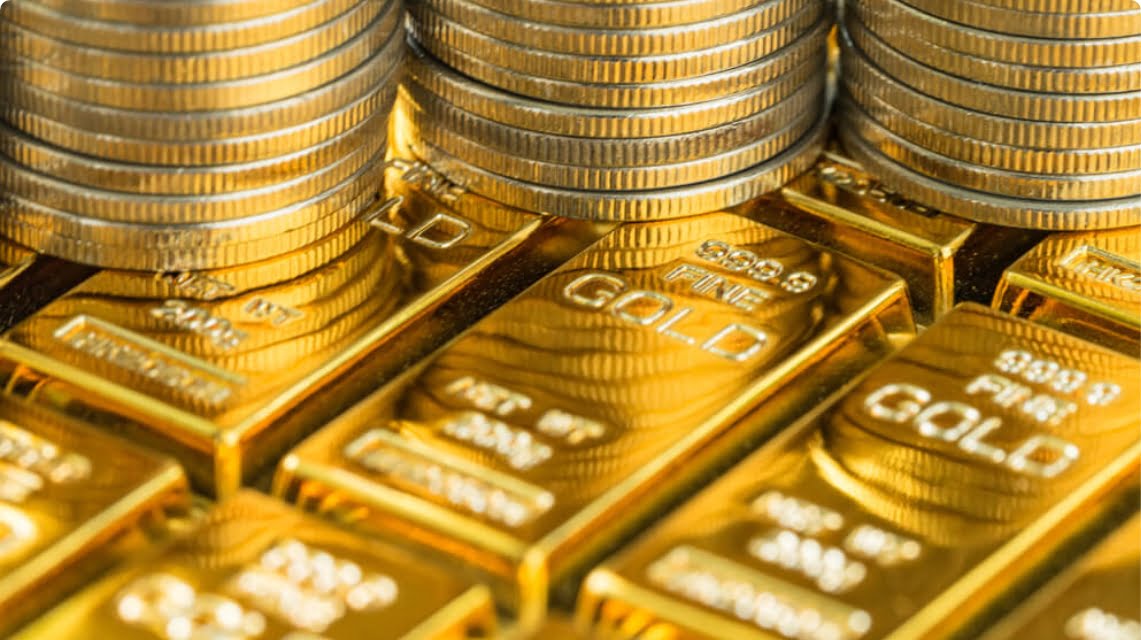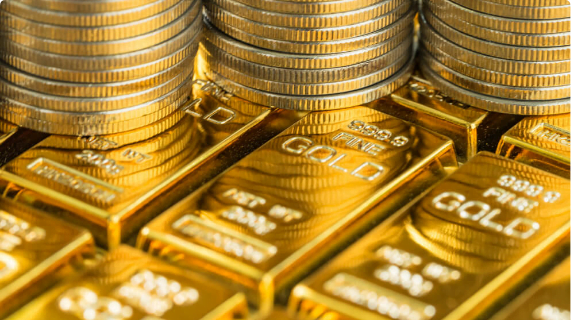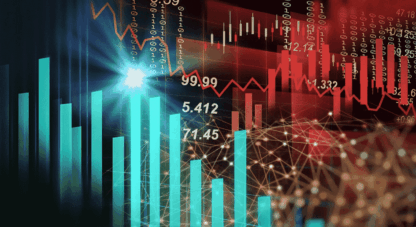The focus of this week’s publications is on Liberation Day and its aftermath. Whatever the eventual consequences will be, the immediate consequences are dire—particularly for investors. The change in the world economic order is so consequential that it has obscured most other news.
Some of the analysts below take a wait-and-see attitude, while others are less sanguine. Most acknowledge that the change is both an inflection point and a danger point, risking bursting the everything bubble that has been growing for years.
Key Takeaways:
- The real end of globalization?
- The US heads for disaster
- China likes only its own tariffs
- What about silver?
The McAlvany Weekly Commentary: Happy Liberation Day!?
David and Kevin start by discussing Liberation Day and its cost to markets. Gold’s response was to rise in price significantly. The hosts discuss similarities with gold’s rise in 1979-80, when ICA (MPM’s former name) took in so much business the founder and his wife were working till late night hours. They also discuss the Dow/gold ratio and its power to greatly increase investors’ gains. Also in the discussion: the pullback in equities. Many pundits and experts believe the pain is mostly behind us. David is not so sure. He mentions some useful tools for valuations, such as Shiller P/E, standard P/E, Tobin’s Q, Buffett ratio, and others. He uses a twist on the standard 60% stocks, 40% bonds portfolio, which he explains, and tells when he adjusts it. The hosts also talk about insider selling of stocks and they comment on the prescience of a book written 20 years ago, The End of Globalization. On the docket as well, Treasury Secretary Bessent’s detox, timing the market, and private equity/private credit.
Credit Bubble Bulletin: Worse than the Worst-Case
Citing several headlines that deem Liberation Day to be a disaster, Doug takes it a step further: “The historic, multi-decade, global Bubble was always going to end badly. The circumstances I see today are worse than what I had previously contemplated as the worst case… Washington is at the brink of complete dysfunction. The existing world order is collapsing.” More headlines catalogue the sharp decline in equities markets. The Washington Post portrays Trump as a man with a tin ear—hearing no criticism. Blindly following his agenda even as the financial world falls apart around him. Doug’s own take: “This is a national crisis. Our unhinged President, too eager to brandish unchecked power, has moved forward with deeply misguided policies that risk sparking that type of financial mayhem that could induce global economic depression. It’s essentially evolving into financial, economic, political, societal, constitutional, and geopolitical crises all melded into one historic quagmire.” Further media excerpts detail the gory details associated with the onset of Trump’s tariffs.
Hard Asset Insights: Liberation Day and Liquidation Days
Morgan also focuses this week on Liberation Day and its immediate consequences. He gives the numbers for damage to markets in the early days, and then segues to national responses to the tariffs. Despite Treasury Secretary Bessent’s appeal to other nations not to retaliate (because the US will respond in kind), China levies a 34% tariff anyway. “In short,” Morgan summarizes, “this week, the market’s greatest fears were realized. The Trump tariffs were far more aggressive than hoped, and China’s retaliation confirmed that an all-out global trade war is on.” Later, he notes, “But there seems to be an even larger, even more profound realization hitting market participants this past week. In HAI’s view, that dawning realization is that this week’s official start of a possible all-out trade war likely marks the end of the decades-long trend towards globalization and the increased global trade liberalization it relied upon.”
Golden Rule Radio: Tariffs, Gold, & Economic Shifts
The precious metals were up on the week, gold and silver significantly, platinum and palladium only slightly. Copper and the S&P were down, and the Dow transports were at their lowest point in 18 months. Miles mentions that in looking at assets, they consider technical and fundamental considerations, as well as seasonal tendencies. Miles introduces a focus on silver, saying many of his clients ask him when silver is going to kick in. He explains why it behaves the way it does, price-wise, and then explains why he believes the real high in silver—the one that matters—is not $49 but $35. The reason for this is important and logical. Be sure to listen in for it. Also critical to understand: the reason why gold and silver have behaved so differently in this market. That reason differs somewhat from the general explanation of the respective metals’ behaviors that occurs earlier in the program, and could be important for some investors’ decisions. Rob explains who will likely buy silver when it comes into its own, and that description is not only socioeconomic, but geographic.
